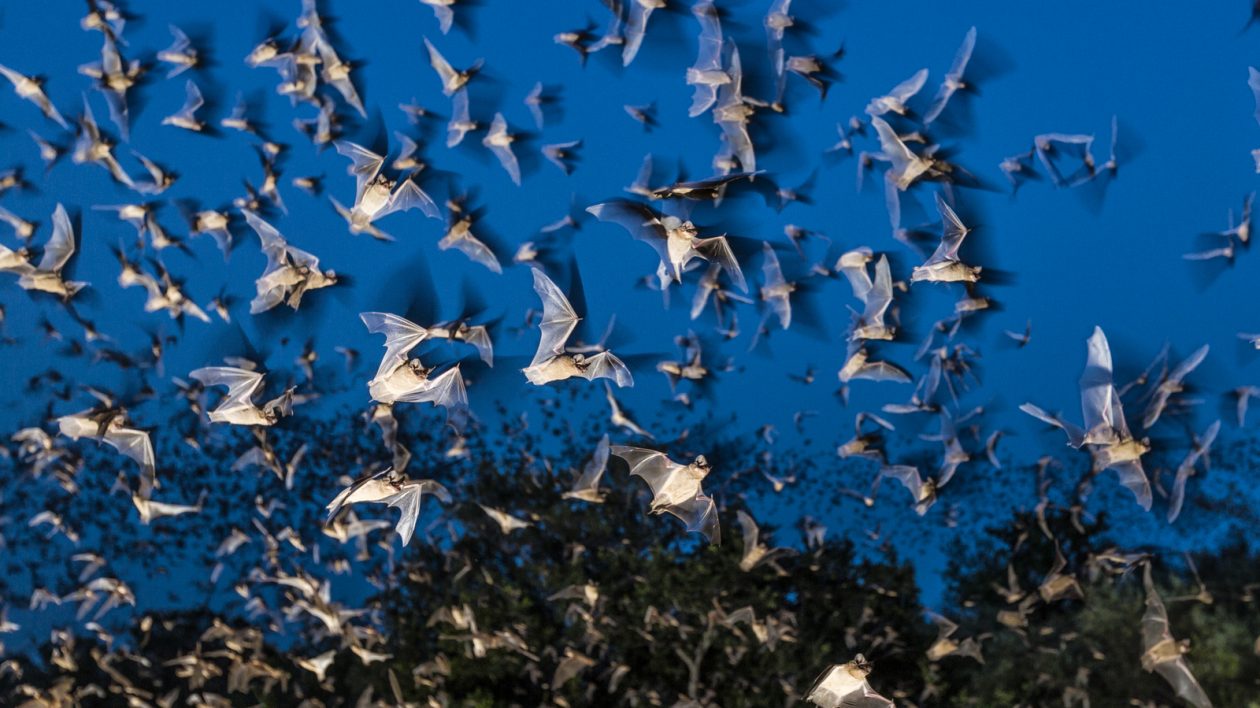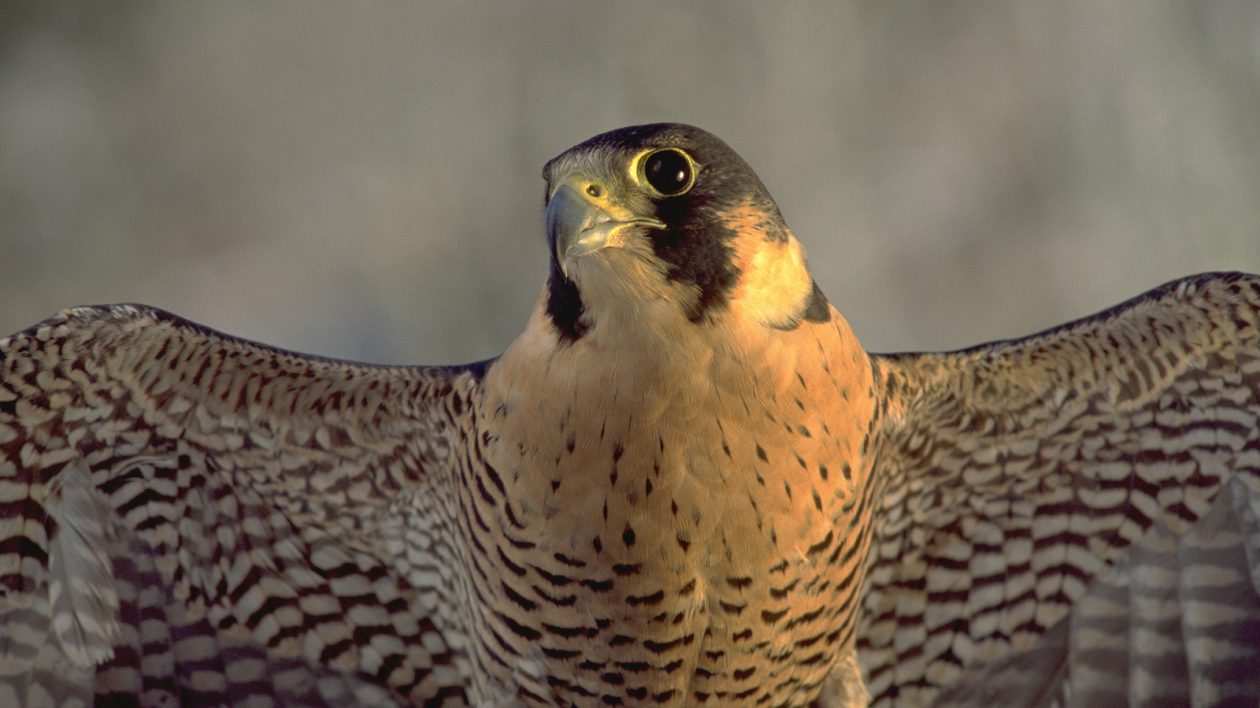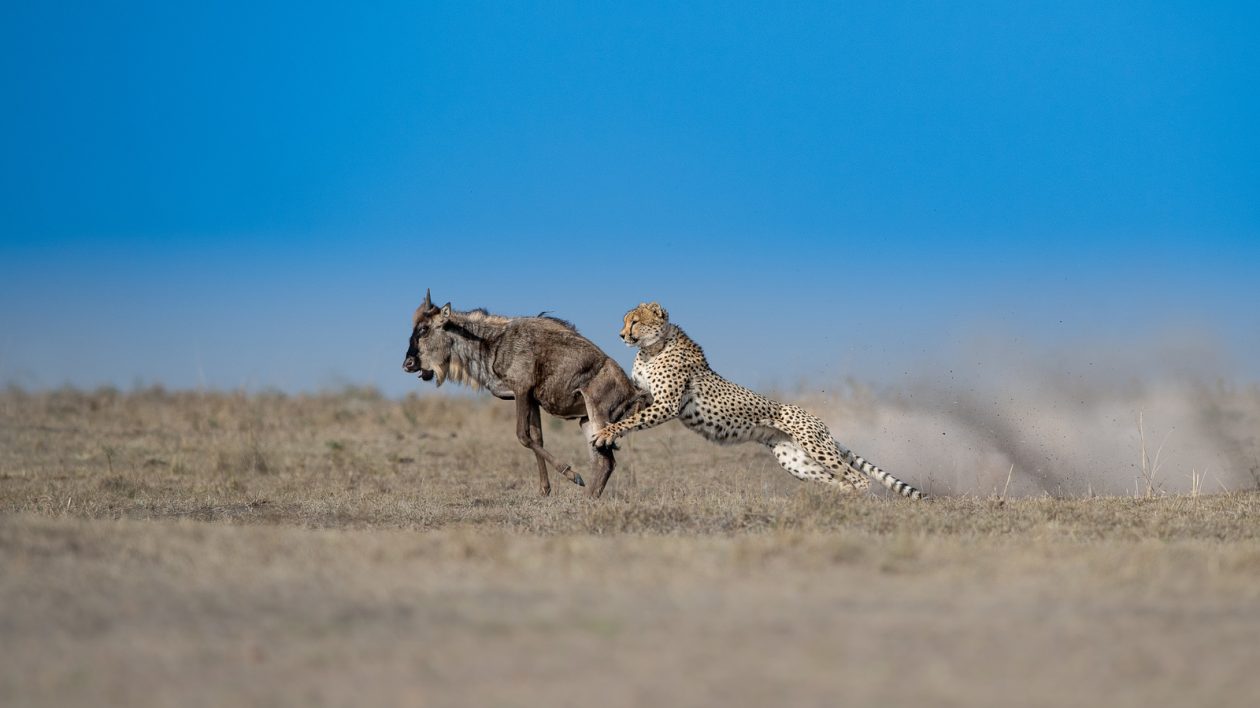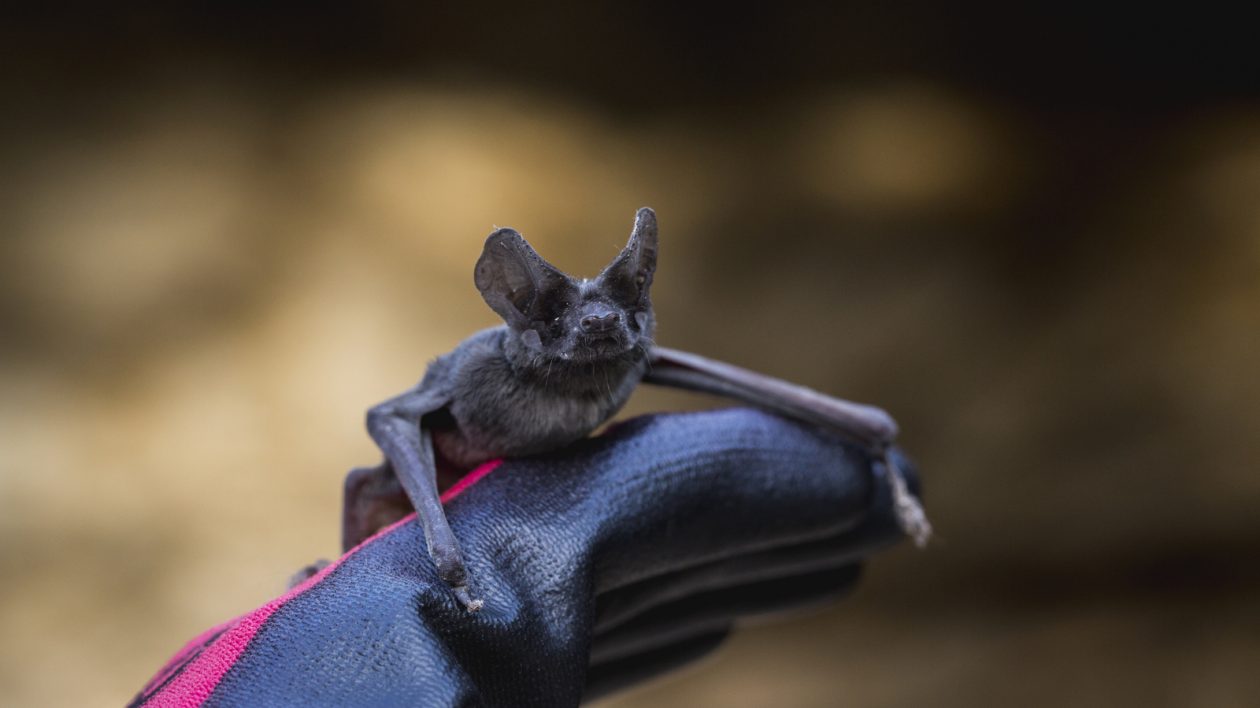What’s the world’s fastest mammal?
A certain critter probably pops immediately into your head. In fact, I’d guess that this is one of the very first bits of nature trivia you learn in school.
Research now sheds new light on mammal speeds. So let’s get this out of the way: The fastest mammal on earth is not the cheetah.
True, the cheetah has been clocked at 75 miles per hour, and can reach speeds of 60 mph in just three seconds. It’s an exceptional sprinter on grassy plains, capable of overwhelming prey in a short burst of speed.
The runner-up in the fast mammal contest is the pronghorn, capable of speeds around 60 mph hour. The springbok, an antelope species of southern Africa, can run up to 55 mph. Not coincidentally, the springbok lived in the same habitat as cheetahs (and still does in many places). So did the pronghorn. (Yes, the Great Plains of North America once were home to cheetahs).
As such, speed in mammals is often portrayed as an evolutionary foot race between predator and prey. But none of these sprinters are the fastest mammal of all.
That’s because the fastest mammal doesn’t run. It flies.

The Aerial Speedster
Bats are known as highly maneuverable fliers, capable of using echolocation to snag mosquitoes and gnats in the air. Many also consider them to be relatively slow, especially in comparison to birds.
As with birds, bats come in a variety of shapes and sizes. And some of those shapes help bats go fast. Very, very fast.
The Mexican free-tailed bat (Tadarida brasiliensis) has long, thin wings built for fast flight. Previous research indicated it was capable of speeds up to 59 mph. It should be noted that this would arguably be fast enough to win a bronze medal in the Mammal Speed Olympics. However, most people ignored the bat’s considerable athletic ability. Mammalian flight speed, after all, paled in comparison to birds. Or so it seemed.
In 2016, a paper published by University of Tennessee researchers found that the Mexican free-tailed bat could reach speeds up to 100 mph, making it by far the fastest mammal on earth. As far as those birds…well, more about that in a bit.

The researchers attached temporary transmitters to bats as they left Frio Cave, a well-known roost site in the Texas Hill Country. They followed one bat on its maneuvers each night, and found that the bats were routinely reaching speeds of 100 miles per hour.
Even more astonishing, the bats were doing this purely through wing power. They were not diving from the air or using winds to increase speeds. (In fact, if bats had a strong tail wind, they would actually reduce their speed for easier travel).
Free-tailed bats typically hunt insects more than a half mile in the air. At that height, they don’t have to pivot around trees, terrain, houses and other obstacles. This allows them to maximize their speed with little threat of injury.

The Fastest Thing With Wings?
The undisputed overall speed champion among animals is the peregrine falcon, capable of reaching speeds well in excess of 180 mph (and some sources claim even faster). The peregrine achieves the speeding when diving onto prey, smacking into it like a torpedo from above. If you’ve ever had pigeon feathers and blood raining down on you on a city street, you’ve seen the aftermath of a hunting peregrine.
The peregrine uses gravity to achieve these speeds. It is an extraordinarily aerodynamic bird, aided by efficient respiratory and circulatory systems.
However, flying parallel with the ground – what researchers call horizontal flight – the peregrine’s speed maxes out around 60 mph. That’s certainly respectable. But a Mexican free-tailed bat would easily beat it in a race.
The fastest horizontal fliers among birds are the swifts, many of which hunt insects above trees much like Mexican free-tailed bats. The white-throated needletail, a swift species, has long been awarded the fastest species in level flight; many sources claim this bird can fly at 105 mph. However, measuring speed in the past has often used highly unreliable methods, including analyzing video. No recent studies have verified the white-throated needletail’s record.
According to Audubon, the verified horizontal flight record went to the common swift, recorded at 69 mph. As such, the Mexican free-tailed bat easily shatters this record, and may be the fastest flier over sustained distances of all.
Many animal speedsters, whether on land or in air, achieve their records over short distances. Cheetahs, pronghorns and springboks are all sprinters. The peregrine plunges downward but could not maintain that speed over the course of miles. The Mexican free-tailed bat, however, continues at high rates of speed throughout its night-time hunting.
If there was an Animal Kingdom Half-Marathon, you’d probably want to place your bet on the bat. Of course, measuring animal speed is improving, so undoubtedly there are more surprises in store.

A Superlative Bat
A few years ago, my dad and I visited Frio Cave in Texas, the site that would later record bat speed records. We came because the Mexican free-tailed bats held another wildlife record: the largest concentration of mammals on earth. Each night, ten million bats streamed out of Frio Cave.
The nightly bat emergence has to rank as one of the most inspiring natural spectacles. The bats swooshed out of the entrance and flew together across the skyline. Their speed was unmistakable as they zipped by us. As they reached the air, the millions of bats looked like drifting smoke, or dark clouds.
This was an optical illusion. The bats actually are at their slowest speeds as they dart out of the caves, accelerating when they hit their hunting grounds high above.
We knew then we were seeing something special, a superlative animal. We didn’t know that we were watching what was, arguably, the fastest creature on earth.





Does the term Bat out of Hell come to mind?